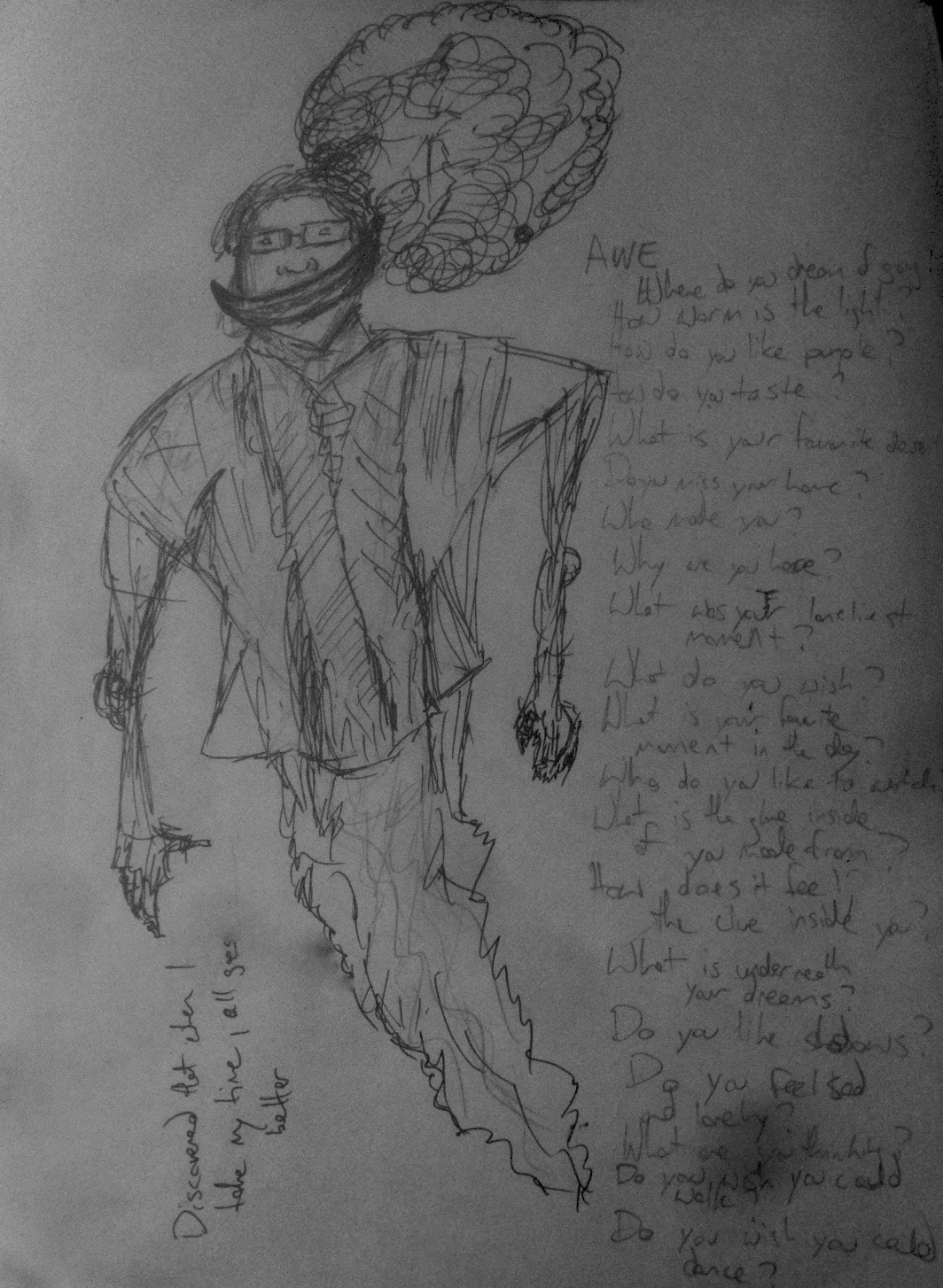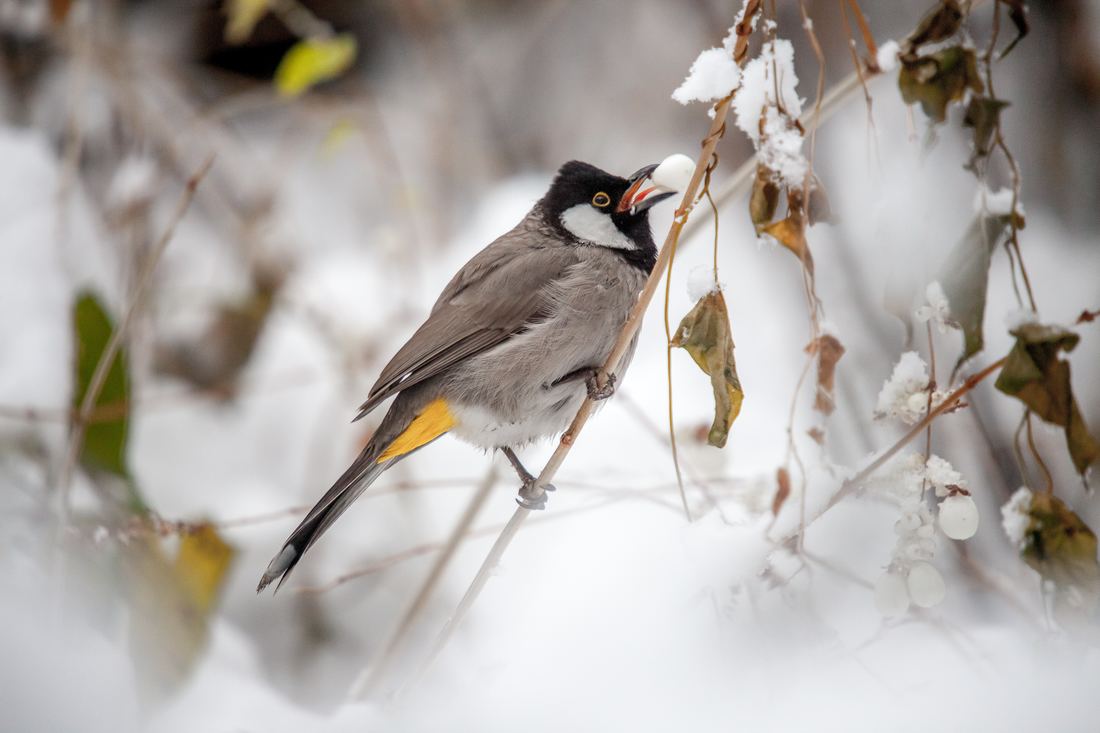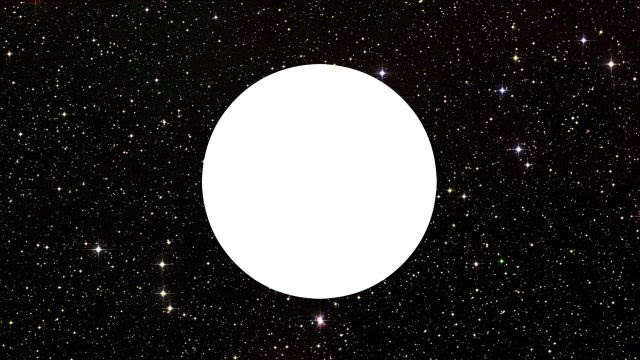|
The warmth the roots the heat. Musty flowers like gym socks.
The blower. Buzzing bug by my ear. The songbirds. The pine cone reminds me of Juneau. We had much pine there. We ate needles like mints. The water the algae the bright totems. The spiderweb dusty like unwashed laundry. Dampness feels different underfoot than on branches. Warmth feels different back of hand than back of neck. A painting of layered textured oak leaves. And the water -- fountains, streams, and that calling laughing bird.
0 Comments
Questions written to artwork at Boise Art Museum during a writing camp, 2015?
But today, think of them as questions for you. That's what I did. AWE Where do you dream of going? How warm is the light? How do you like purple? How do you taste? What is your favorite dessert? What is your favorite desert? Do you miss your home? Who made you? Why are you here? What was your loneliest moment? What do you wish? What is your favorite moment in the day? Who do you like to watch? What is the glue inside of you made from? How does it feel? The glue inside you? The clue inside you? What is underneath your dreams? Do you like shadows? Do you feel sad and lonely? What are you thinking? Do you wish you could walk? Do you wish you could dance? Found on a looseleaf sheet of ruled paper while packing to move.
We're moving down the street next month, my partner and I, lucky dogs. I'm not sure when I wrote this. After the 2016 election, I imagine. And probably winter. Though maybe my last year of grad school. -- I am a big bunch of mixed-up words My dad always said life is a series of minor corrections. My days are full of head-scratching Too much internet Sleeping a lot these days Fatigued Is it the weather? Politics? Now I'm writing. My favorite moment. The room is warm. I touch my cheek for cool. The empty room. Sometimes it's warm, solitude. And I get a lot done. Sometimes it's gruesome, a burn at my chest in forest fire. Loneliness tastes hard at the back of my teeth like a filling. Metallic and everywhere when it's near, Swimming a pool of spaghetti The brimming waves take over the room like static The sound of gratitude and a stirring heart I can etch out my truth in loneliness I am a heart of song The truth is nutty to assemble This past Tuesday at The Cabin's Free First Tuesday Drop In Writing Workshop, we built our dream worlds, creating new worlds using our biggest-heart-melting desires, metaphor and animal instincts. We started by reading an excerpt from one of Tina Rowley's fun and fierce weekly newsletters: Weekly Zephyr #42: The Feast of Anna Perenna, March 15th, 2018. Click on archived Zephyr link to read #42 and subscribe to her lovely newsletters! Using Tina Rowley’s prompts, we started designing a world:
Your ideal planet. Some of you may have done this for fiction projects. Here, create the world you would want to live in right now. If you could change the world, what kind of world would you make? Design your new planet or region or place. A world. You pick the parameters. You pick everything. The shape of the world, even. Name that shape. And: Who lives there, What it looks like (and use all the senses to describe) What are all the people like (use very specific traits) What are the natural laws/weird rules? What’s the government? Is there one? What kind? (Use Stephen Chrisomalis' extensive list linked from Rowley's letter!) What makes this place so slammin’? Start with lists of details. Try not to leave anything out. We wrote for about twenty minutes. Then we read and discussed Rebecca Solnit's excerpt from Book of Migrations: From Book of Migrations by Rebecca Solnit It’s no coincidence that the books and posters we use to learn the alphabet from are most often animal alphabets, from aardvark to zebra, for animals constitute the primordial alphabet. I grew up with a Dr. Seuss book called On Beyond Zebra, which coined new letters for the alphabet and fabulous beasts to go with them, as though you couldn’t have innovation in one area without the other, a proposition that made perfect sense to children. Medieval Irish manuscripts are notable for their animal ornamentation around the capital letters, as though the alphabet were turning back into beasts. Like alphabets, animals constitute a finite group that can describe the whole spectrum of possibility; animals are themselves a language for describing both the bodily forms and range of dispositions of human beings. In the Middle Ages, bestiaries were a popular form of literature, occupying a niche somewhere between field guides, fairy tales, and alphabet primers. The bestiaries, and the animals they described, were part of a system in which everything had an allegorical meaning; the whole world has a text waiting to be read by those who knew its language. Elephants, for example, signify Adam and Eve in Eden, because they are supposed to conceive their young innocently, by sharing the fruit of a certain tree; they also signify the Hebrew law, because when they fall they cannot get up again. Wild goats, because they constantly seek higher pastures, signify good preachers. The Bible and the world were two equal forms of the divine text, so that animals were almost literally an alphabet, rather as they were for Aesop, who made them illustrate so many aspects of human character and conduct, with his dogs in the manger, his virtuous ants and sybaritic grasshoppers. In either version, animals make the human world clearer, give tools and emblems with which to describe and understand it. Even as recently as George Orwell’s Animal Farm, animals served as emblems of human tendencies, so that the horses in his allegory were honest workers, the pigs corrupt conspirators. The majority of figures of speech that make the abstract concrete and imaginable are drawn from animals, human bodies, and spaces, from the wolf at the door to the arms of chairs and shoulders of roads to the excavation of buried memories. It’s the animal world that makes being human—catty, dogged, sheepish—imaginable, and the spatial realm that makes action and achievement—career plateaus, rough spots, marshy areas—describable. Sometimes it mixes: along the Cork-Kerry coast are the jutting formations Lamb’s Head, Hog’s Head, Cod’s Head, Crow Head, and Sheep’s Head. But most of the discussion about nature and the environment emphasizes a purely physical or spiritual need for it, not its imaginative role. Not long ago, I noticed an art magazine misspelling the bridle reins of the phrase on a tight rein as reign, because although they understood royalty, they had no clue about horses and their harnesses—so even the world of domestic animals was lost to them as a way of describing the human and the phrase was becoming meaningless on its way to becoming extinct. (More recently, I found myself going to ride a horse with a few carrots and a stick as aids, and the phrase became resonantly literal again.) I wonder if generations of being without contact with such spaces and beings will eventually strip down English into a kind of newspeak. After all, how many people now know how a mule kicks, or have seen bees make beelines? And when speech goes blank, imagination will have preceded it. The Natural History Museum is a museum of language, symbol, metaphor, and imagination, of the creatures that once inhabited our lives and our now fading even from our speech. The complete development of the world as a human-only zone—the paving over and flattening of the landscape and the elimination of all creatures but food animals sequestered in factory production sites—threatens to take away not only the imaginative solace of a world beyond us, but the very language of the mind. Metaphor is a Greek word that literally means to transport something from one place to another; and in Athens the public transit system is called the Metaphor. There one can literally take the Metaphor to work, or take the last Metaphor home, though in the rest of the world metaphors serve only as a medium of imaginative travel. They are, in fact, the transportation system of the mind, the way we make connections between disparate things, and because the connections are intuitive and aesthetic, they are the essence of the ways in which we think that machines cannot. Metaphors navigate the way things span both difference and similarity; they describe a world of both dizzying variety and intricate relationships. Without metaphor the world will seem threateningly amorphous, both boringly identical with ourselves and utterly incomprehensible. Animals, with their inherent resemblances and differences, are where metaphor begins. The essayist John Berger writes, “The first subject matter for painting was animal. Probably the first paint was blood. Prior to that, it is not unreasonable to suppose that the first metaphor was animal. Rousseau, in his Essay on the Origin of Languages, maintained that language itself began with metaphor: ‘As emotions were the first motives which induced man to speak, his first utterances were tropes (metaphors). Figurative language was the first language to be born, proper meanings were the last to be found.’ If the first metaphor was animal, it was because the essential relationship between man and animal was metaphoric…What distinguished man from animals was the human capacity for symbolic thought, the capacity which was inseparable from the development of language in which words were not mere signals, but signifiers of something other than themselves. Yet the first symbols were animals. What distinguished men from animals was born of their relationship with them.” Language is humankind’s principal creation, a pale shadow of Creation, and one that needs to come back again and again to the nonhuman world to renew itself, to draw strength and color. It requires contact with the natural worlds of the landscape, the body and the animal kingdom to connect its creations to Creation, and makes contact by metaphor. We talked metaphors, animals, driving metaphor trucks through our worlds… Consider the place you just created. Is it a metaphor for something? Is there a metaphor you can insert into this place? If you were driving a metaphor truck there, what would that be? Do certain animals live there? Certain human bodies, spaces, that can be animals? And we wrote scenes or poems or stories or essays or memoirs located in the worlds we created. As you write your ( ) in your brand new world, consider metaphor. As though you are driving a metaphor truck through your new world. Dig hard into this metaphor – the deeper you explore, the more real it will seem. Consider the animals. Consider everything. Create your utopia. Share through all your details and metaphors why this place is so important. And why we should all live there, go there, create this place. We wrote for almost twenty minutes. But you can write as long as you like. Then share it with someone. Thank you for writing with me! |
Like what I'm posting? You can leave me a tip!
$1, $10, $100, whatevs :) Heidi KraayProcess notes on a work in progress (me). This mostly contains raw rough content pulled out of practice notebooks. Occasional posts also invite you into the way I work, with intermittent notes on the hows and whys on the whats I make. Less often you may also find prompts and processes I've brought to workshops, as well as surveys that help me gather material for projects. Similar earlier posts from years ago can be found on: Archives
April 2024
Categories
|




 RSS Feed
RSS Feed